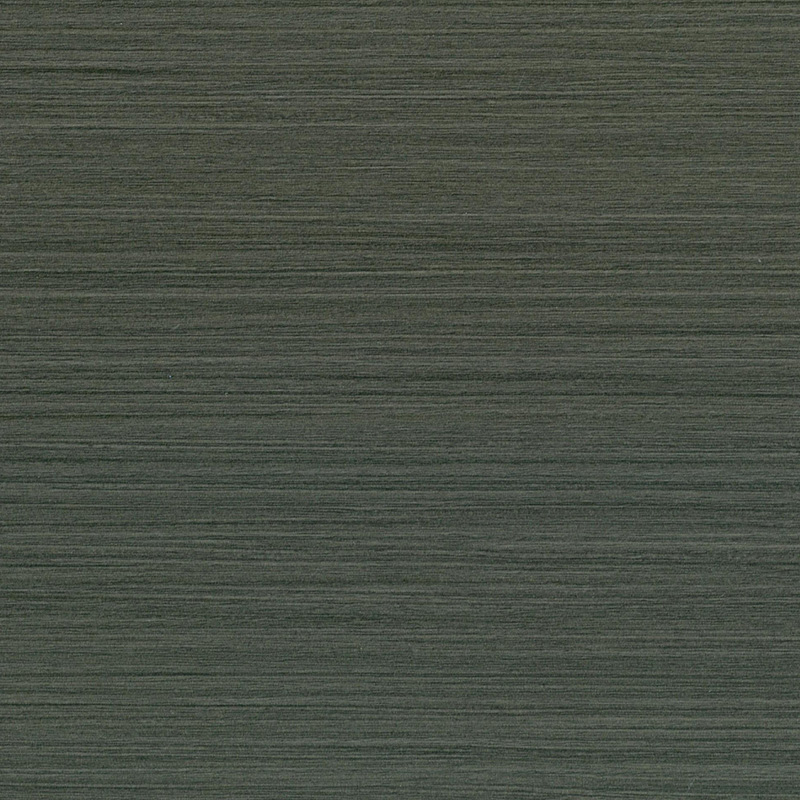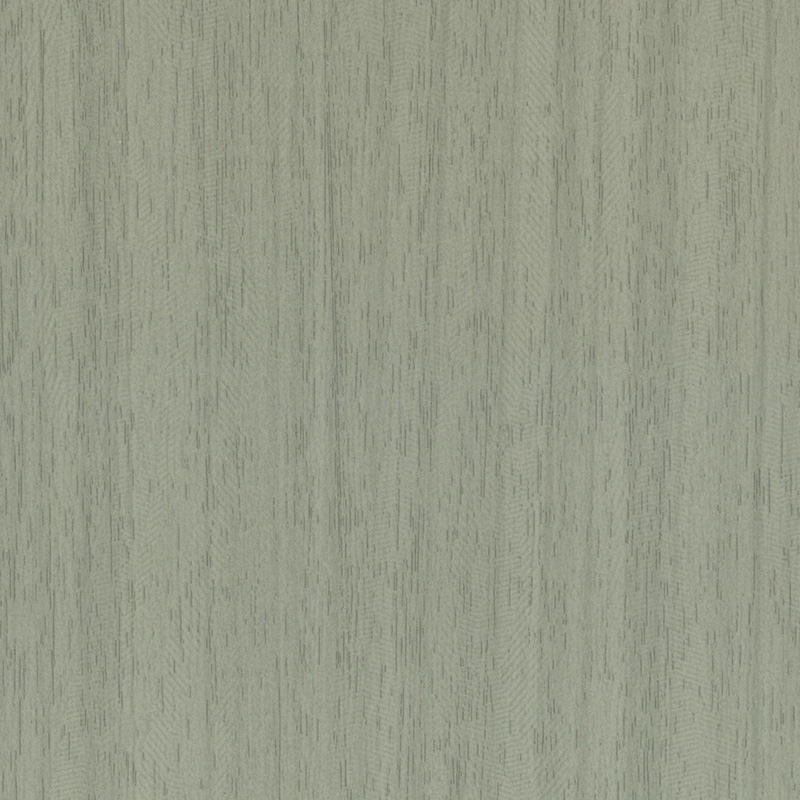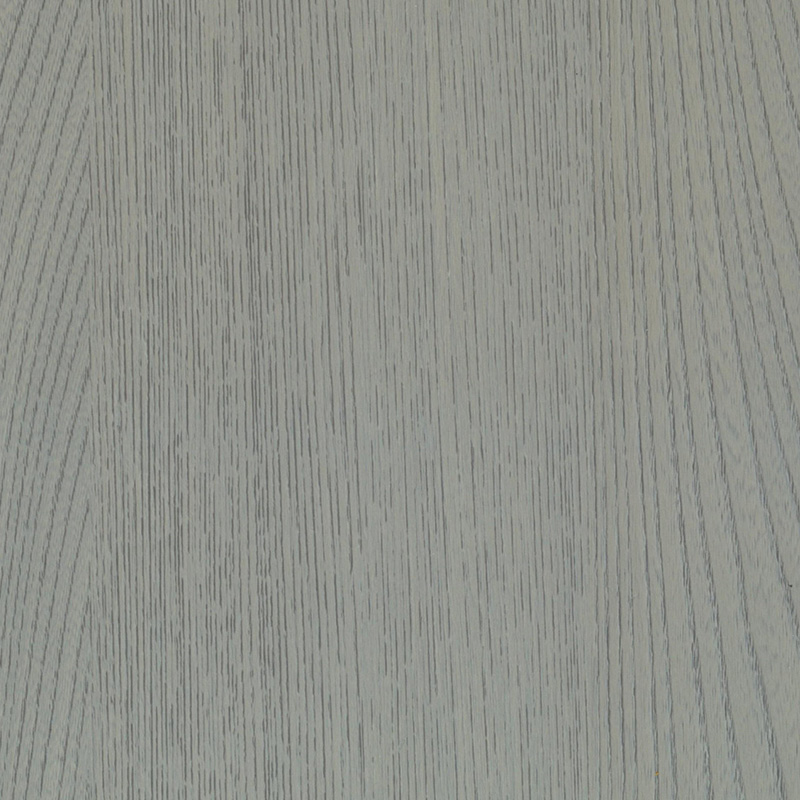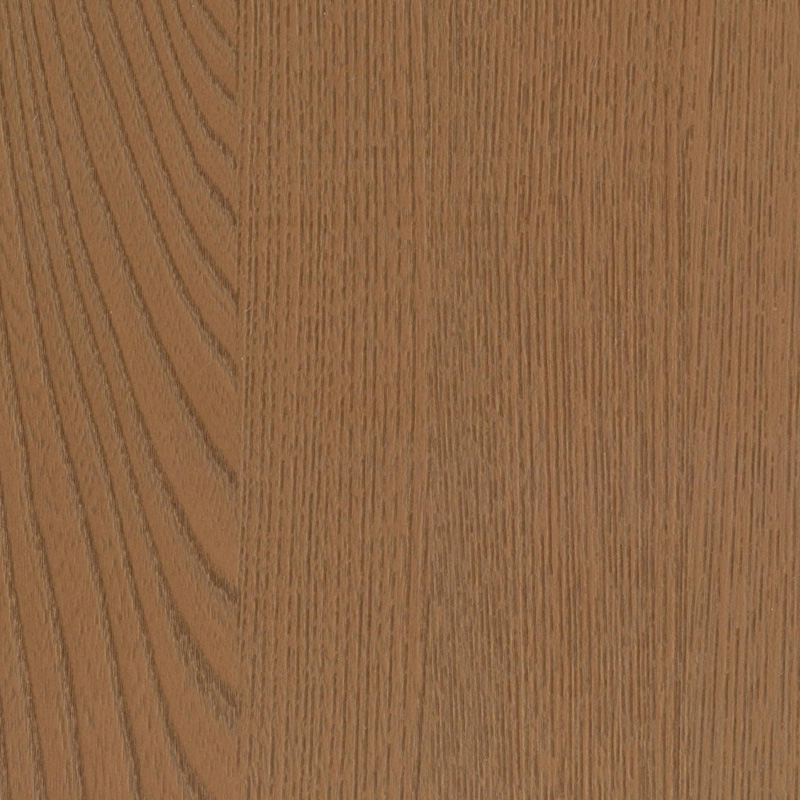PVC Wood Grain Film Redefines Surface Design
The interior design and architectural industries are experiencing growing interest in PVC wood grain decorative film as a versatile alternative to traditional wood finishes. This innovative material replicates authentic wood textures while offering practical advantages for residential and commercial spaces. PVC wood grain decorative film provides the warmth of natural wood with enhanced durability and easier maintenance, making it popular among homeowners, designers, and business owners alike.
Recent advancements in manufacturing technology have significantly improved the quality of PVC wood grain decorative film. Modern production techniques create remarkably realistic grain patterns and color variations that closely mimic different wood species. Contemporary PVC wood grain decorative film features textured surfaces that provide tactile authenticity along with visual appeal. These improvements allow the material to satisfy design preferences for natural aesthetics while overcoming limitations of actual wood products.
The renovation market has embraced PVC wood grain decorative film as an efficient solution for updating surfaces without extensive demolition. The material can be applied directly over existing cabinetry, furniture, and architectural elements, dramatically transforming spaces with small disruption. Many contractors recommend PVC wood grain decorative film for budget-conscious projects that require high-end visual results. The easy application process makes it particularly suitable for DIY enthusiasts looking to refresh their living environments.
Commercial interior designers frequently specify PVC wood grain decorative film for high-traffic areas where durability matters. Restaurants, retail stores, and office buildings benefit from the material's resistance to scratches, moisture, and daily wear. Unlike natural wood, PVC wood grain decorative film maintains its appearance in environments with fluctuating temperatures and humidity levels. These performance characteristics make it ideal for spaces that demand both aesthetic appeal and long-term practicality.
The furniture industry has incorporated PVC wood grain decorative film into manufacturing processes as a cost-effective alternative to solid wood veneers. Mass-produced furniture items featuring PVC wood grain decorative film offer consumers attractive wood-like finishes at more accessible price points. The material's consistency allows for uniform production runs while providing the visual warmth that buyers associate with quality wooden furniture.
Environmental considerations have influenced recent developments in PVC wood grain decorative film technology. Some manufacturers now offer phthalate-free formulations and recyclable components that appeal to eco-conscious consumers. Improved production methods have reduced the environmental impact of PVC wood grain decorative film while maintaining its performance benefits. These sustainable innovations help the material align with green building trends and responsible design practices.
Architects appreciate PVC wood grain decorative film for its ability to create visual continuity in large-scale projects. The material can be applied to various substrates, allowing different architectural elements to share matching wood-grain finishes. This design flexibility enables cohesive interiors where columns, wall panels, and built-in furnishings appear crafted from the same wood species, even when using different base materials.
Looking ahead, PVC wood grain decorative film technology may incorporate even more realistic textures and interactive surfaces. Emerging innovations could include thermally adaptive versions that respond to environmental changes. As material science advances, PVC wood grain decorative film will likely continue bridging the gap between natural aesthetics and modern performance requirements in interior design.

 English
English русский
русский Español
Español عربى
عربى Deutsch
Deutsch





